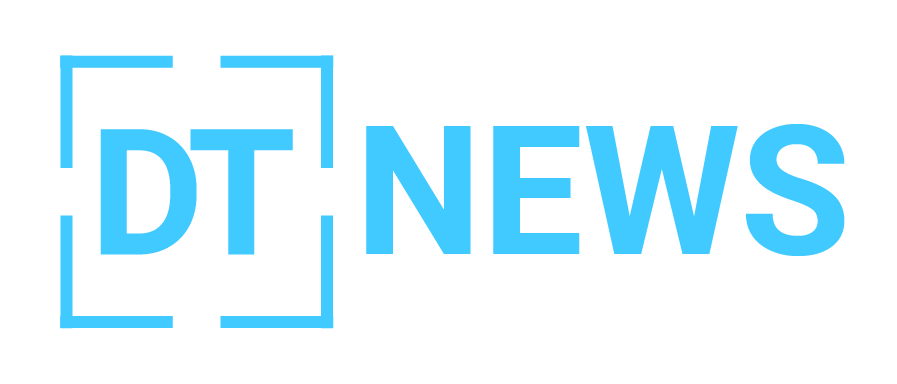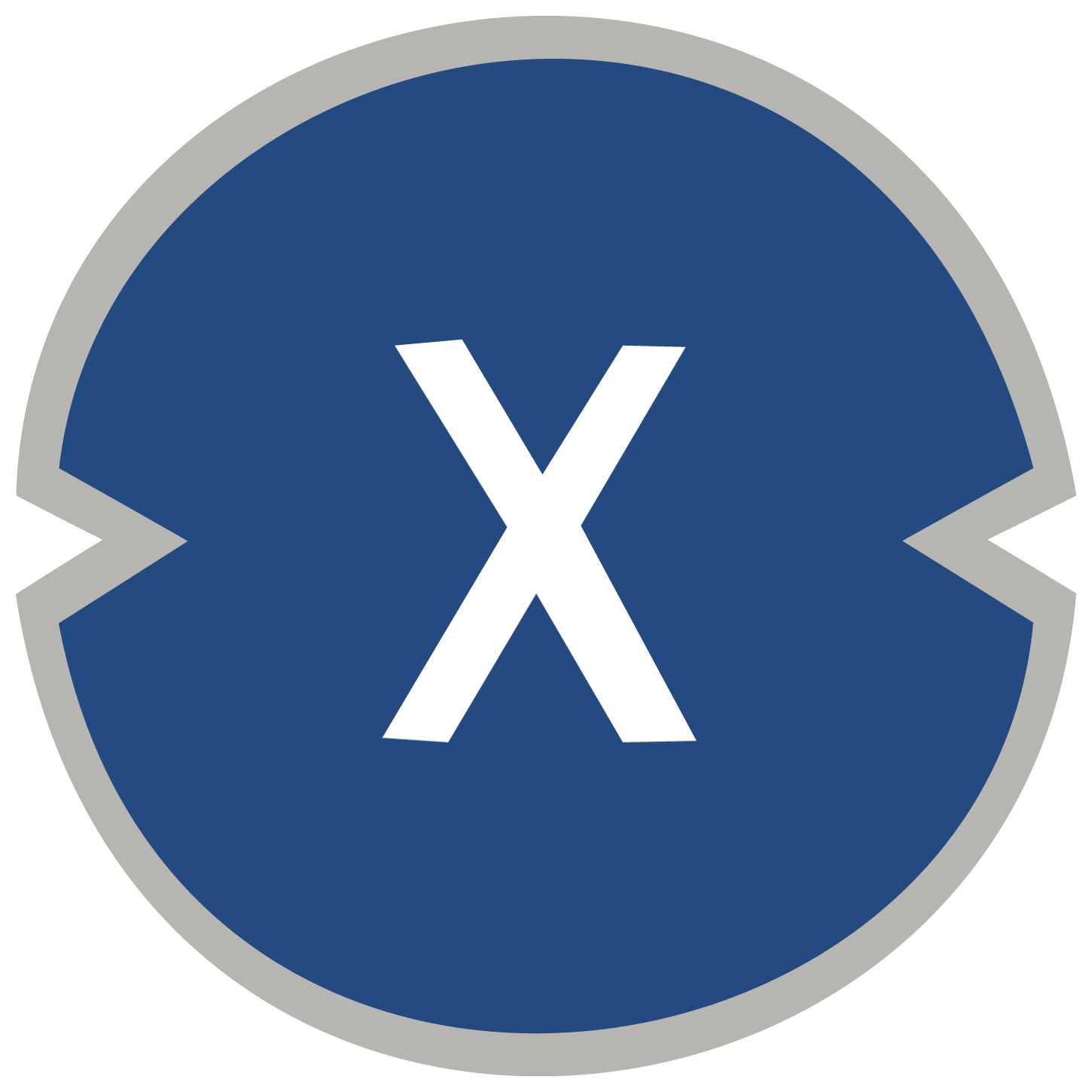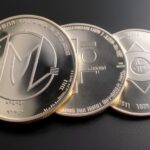RLUSD reached a new high this week, as the dollar-pegged stablecoin crossed the $300 million mark for the first time. The RLUSD expansion and growth comes on the back of a major regulatory win in the United Arab Emirates, as the Dubai Financial Services Authority (DFSA) approved RLUSD for use within the Dubai International Financial Centre (DIFC). Ripple’s growing presence in the region and increasing demand for regulated digital assets means the company’s stablecoin ambitions are taking off.
- Supply growth driven by demand and clarity
- DFSA approval means regional legitimacy
- Weekly transfer volume nears all-time high
- Hidden Road Signals Institutional Ambitions
- Fresh Traction But Still Early Days
- Conclusion: RLUSD May Be Ripple’s Most Strategic Bet Yet
- FAQs
- What is RLUSD and who issues it?
- Why is the RLUSD expansion significant?
- What does DFSA approval mean for RLUSD?
- How does RLUSD compare to USDT or USDC?
- What’s next for RLUSD?
- Glossary
Supply growth driven by demand and clarity
According to Artemis, RLUSD’s circulating supply grew 29% in the week ending June 8, adding $72.5 million and closing at $320.6 million. That is six times the supply since launch on December 17, 2024 and the biggest week of issuance to date. For Ripple, the RLUSD expansion is more than just a number but institutional confidence in the product’s compliance-first design and operational transparency.
Ripple didn’t burn any tokens during the reporting period, as a result, all $72.5 million was new issuance. This suggests organic demand rather than recycling of previously redeemed supply.
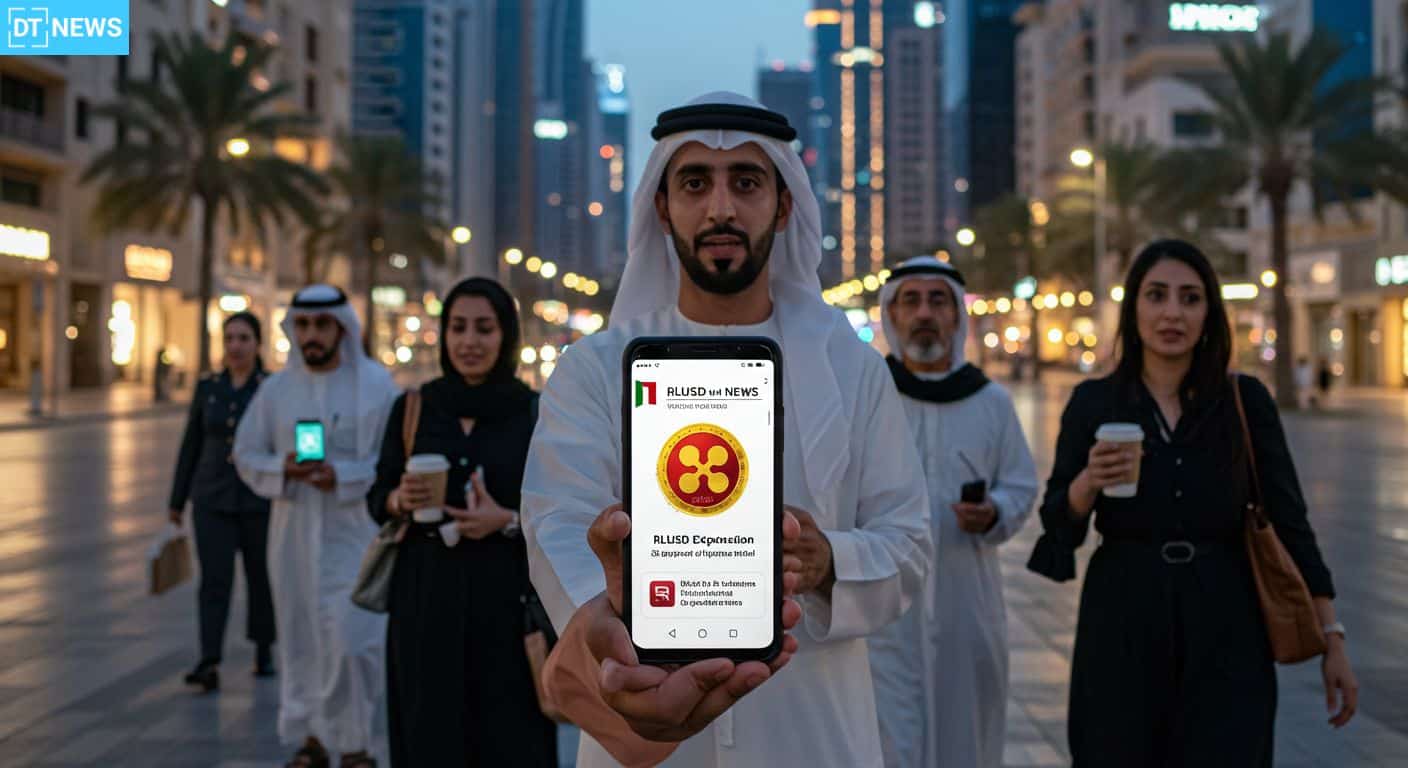
DFSA approval means regional legitimacy
Ripple’s win with the DFSA allows RLUSD to operate within the DIFC, one of the world’s most regulated financial hubs. This implies that over 7,000 licensed firms can now legally use RLUSD in their payments, settlements and treasury workflows.
Reece Merrick, Ripple’s managing director for the Middle East and Africa, said the UAE is a “vibrant and dynamic” digital economy where demand for compliant digital assets is growing fast. With DFSA approval, RLUSD joins the ranks of major stablecoins like USDT and USDC, both of which are already approved for use in the DIFC.
Weekly transfer volume nears all-time high
The supply growth coincided with a 38% increase in weekly transfer volume, which rose from $469.7 million to $648.1 million. That’s just shy of the all-time high of $741 million, recorded in the last week of April. While RLUSD is still a small player in the stablecoin market (0.1% of the $236 billion total) it’s clear it’s a rising star in the Ripple universe.
For comparison, USDT grew 0.57% to $157.9 billion and USDC fell 0.33% to $59.6 billion during the same period.
Unlike algorithmic or loosely pegged stablecoins, RLUSD is minted under a New York Trust Company license which requires strict asset backing and operational transparency. Each token is backed 1:1 with short-term U.S. Treasurys or cash, held in regulated custodial accounts and subject to third-party audits.
This has become increasingly important as regulators in the US and Middle East are scrutinizing the stablecoin space. The combination of US and UAE oversight gives RLUSD a dual-regulatory advantage as crypto firms look for globally compliant digital dollar alternatives.
Hidden Road Signals Institutional Ambitions
Beyond regional growth, Ripple is now preparing RLUSD for deep integration into institutional markets. After the reported $1.25 billion acquisition of Hidden Road, a global prime brokerage platform, Ripple is set to embed RLUSD into institutional settlement rails. This will allow hedge funds, OTC desks and enterprise treasuries to interact with the stablecoin through established financial workflows.
In parallel, Ripple is planning to integrate RLUSD into the XRP Ledger’s tokenization pilots. One example is the Dubai Land Department’s registry trial where RLUSD will be used for title transfers and real estate settlements in a blockchain native format.
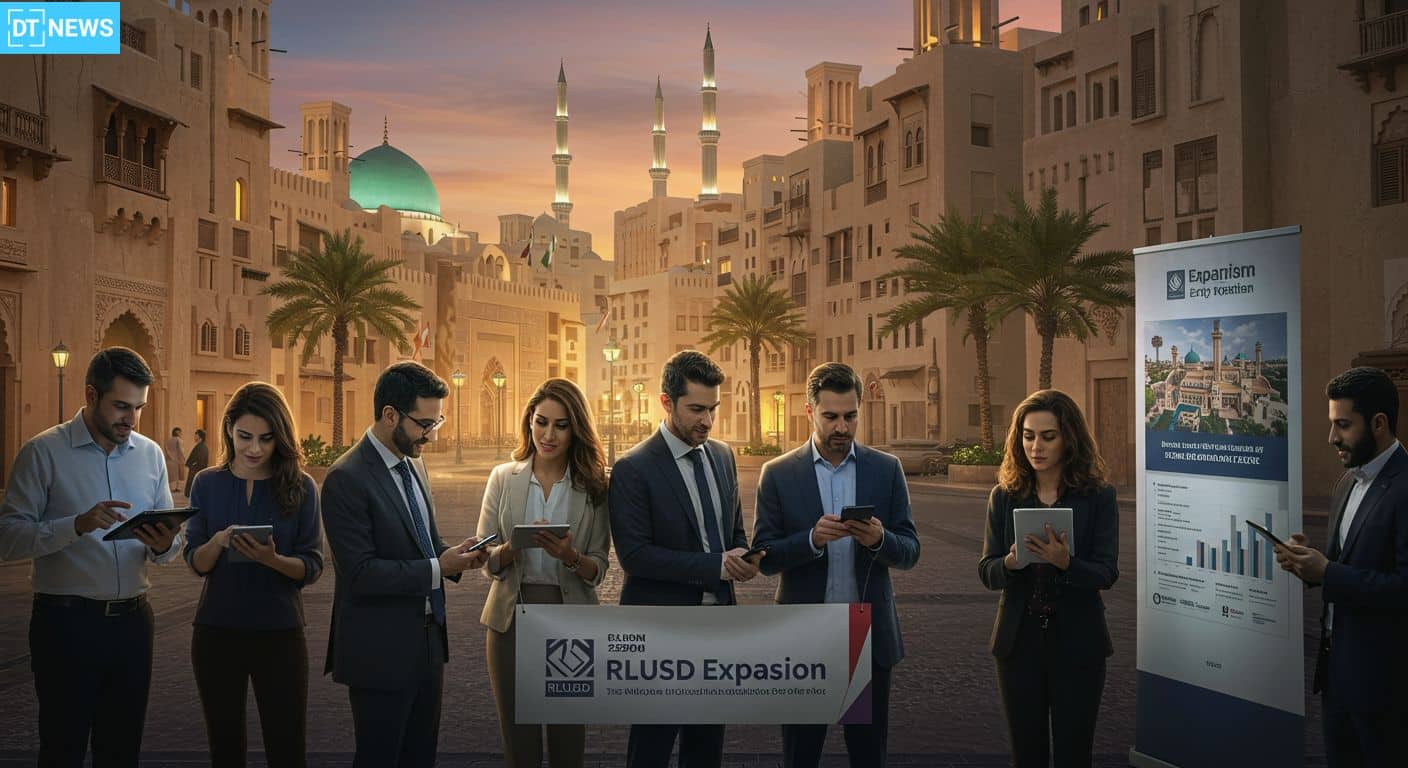
Fresh Traction But Still Early Days
Despite the RLUSD expansion, it still has a long way to go to catch up with Tether and Circle. But the momentum in regulated markets and Ripple’s infrastructure investments can help close the gap.
The Middle East, especially the UAE, is becoming a testing ground for compliant digital assets. RLUSD’s integration in this space not only validates its design but can also catalyze further adoption across emerging markets, where regulatory alignment and cross-border liquidity are top priorities.
Conclusion: RLUSD May Be Ripple’s Most Strategic Bet Yet
While XRP is Ripple’s flagship token, RLUSD is emerging as a complementary piece in the company’s roadmap focused on regulatory grade stablecoin infrastructure. The UAE’s DFSA approval, combined with record issuance and growing transaction volume, means RLUSD is just growing and getting institutional credibility to compete in the next wave of global finance.
If this continues, RLUSD could be one of the fastest-growing dollar-backed stablecoins by the end of 2025, especially in regions that prioritize compliance, stability, and enterprise utility.
FAQs
What is RLUSD and who issues it?
RLUSD is a dollar-backed stablecoin issued by Ripple under a New York Trust Company license. It is fully collateralized with cash and U.S. Treasurys held in regulated accounts.
Why is the RLUSD expansion significant?
RLUSD hit $300M for the first time, with a 29% supply increase in one week, right after a major regulatory approval in the UAE.
What does DFSA approval mean for RLUSD?
The Dubai Financial Services Authority’s approval allows RLUSD to be used in the Dubai International Financial Centre, so we can connect with over 7,000 regulated firms.
How does RLUSD compare to USDT or USDC?
While RLUSD’s market share is small, its strict compliance framework and dual U.S.-UAE regulatory oversight gives it an edge for institutional and government use.
What’s next for RLUSD?
We will integrate RLUSD into our Hidden Road prime brokerage platform and explore real-world use cases in tokenization and enterprise payments in the Middle East.
Glossary
RLUSD Expansion: Increase in the circulating supply of RLUSD due to new token issuance, often due to growing demand or new regulatory approval.
DFSA (Dubai Financial Services Authority): The financial regulator of companies in the Dubai International Financial Centre.
DIFC (Dubai International Financial Centre): A global financial hub in Dubai with its own regulatory and legal framework.
Stablecoin: A digital token pegged to a stable asset like the U.S. dollar, used for payments, trading and asset transfer.
Prime Brokerage: Financial services to institutions like hedge funds, for trading, settlement and custody.
